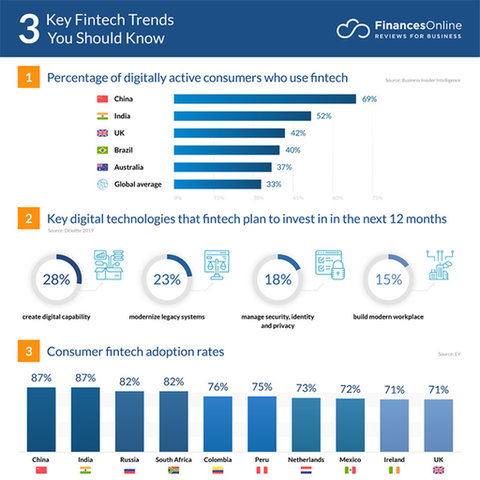THOUGHT LEADERSHIP
Sponsored by LTi Technology Solutions
Optimising Back-End Systems to Cope with COVID-19 in the UK Marketplace
To keep up with continually changing customer needs, wholesale funders must invest in priortising their back-end systems and processes. While wholesale funders are investing in front-end applications for customers, complex and manual processing still exists in their back-end systems.
As the UK asset finance market rebuilds after the coronavirus crisis, wholesale funders, especially the British Business Bank, has a vital role in helping struggling businesses. The pandemic has seen the British Business Bank grow exponentially. At the start of the year, the bank supported close to £8bn of funding for almost 100,000 companies. Nearly £2.4bn of the bank’s own money was invested with £5.6bn in private sector funding. Nine months into the pandemic, the British Business Bank oversees COVID-19 loan schemes that support 1.2 million companies. This is also through more than £52bn of debt underpinned by government guarantees.
The Neglected Back-End
While wholesale funders are focused on enhancing front-end applications for customers, back-end systems tend to be overlooked and neglected. This leads to a disjointed front and back-end system and disappointing levels of service for customers. These behind-the-scene processes are comprised of accounting systems, documentation, paperwork, and manual processes. The result is that operating the business involves time-consuming, repetitive back-end processes that can lead to human errors.
World Fintech Report revealed that just 21 percent of banks believe their systems are agile enough to collaborate with FinTechs. If financial institutions could address this, they could go a long way into improving their back-end systems. For wholesale funders such as the British Business Bank to keep pace, it’s essential to embrace digital advancements within the industry. deVere Group backed this with a recent study. They found that the use of FinTech apps in Europe increased by 72% in the week following the COVID-19 lockdown. At the same time, the use of cash in the UK dropped by 50%, according to UK ATM Network Link.

Chris Hanlon, Managing Director, First Citizen Finance
Automating Back-End Systems
The back end of the system is the most important part of any system. The data entered in the front end will inevitably be stored in the back end. If the back end fails to perform correctly, this may cause data corruption, data loss, and bad performance. Data management is one of the major components of an automated back-end system. Large wholesale funders can monitor and control various activities through an electronic management system. In addition, with the new economics of the pandemic, regulators and consumers are pressuring banks for greater transparency. Regulators and consumers expect better credit and portfolio risk management, and heavily expedited data processing for customer accounts. Banks are realising they must take a different approach. They need to enable an automated approach to improve back-end systems and guarantee quick and accurate results for regulators and consumers.
Create a Seamless Customer Experience
Today, customers identify with companies that can provide an immediate and unified experience. A growing number of companies are starting to realise the benefits of unifying their front and back-end systems. In an effort to transform the customer experience and refine direct interactions with customers, companies need to start deepening their customer-centric culture. Companies need to start orchestrating a complete front and back-end automation transformation. The synchronisation between front and back-end systems translates for a seamless customer experience. A fully integrated and automated front and back-end system will provide a flexible platform that allows companies to process transactions rapidly, increase profitability, and deliver an enhanced customer experience. A unified front and back-end system provides companies with a complete and integrated suite of applications to manage their business. With an integrated front and back-end system, companies can streamline workflows, increase automation, and expand organisational growth. Furthermore, companies can take advantage of an integrated system to improve productivity, drive down costs, and gain workflow across all functional areas on a single integrated cloud platform. For instance, having a synchronised front and back-end system, such as ASPIRE, allows companies to transform their operations, create further efficiencies in their business, and adopt best practices and automation processes.
A unified front and back-end system
In a world marked by disruption, wholesale funders need to find quicker, more economical approaches to improving customer service. The technological advancements in asset finance solutions has become more reliable in the last 10 years. By finding a trusted technology platform that connects data, experiences, and outcomes, wholesale funders can reduce IT complexity, deliver more innovative products, and achieve tangible business results. Through the latest advancements, wholesale funders can unlock the key to automated and seamless front and back-end applications and processes. Wholesale funders cannot afford to miss the opportunity to integrate a fully automated front and back-end system now!
To learn more about LTi Technology Solutions, visit www.ltisolutions.com
Telephone: +44 (0) 1189 653 551
Fax: +44 (0) 1189 653 552
Email: rtaylor@ltisolutions.com
GO TO TOP